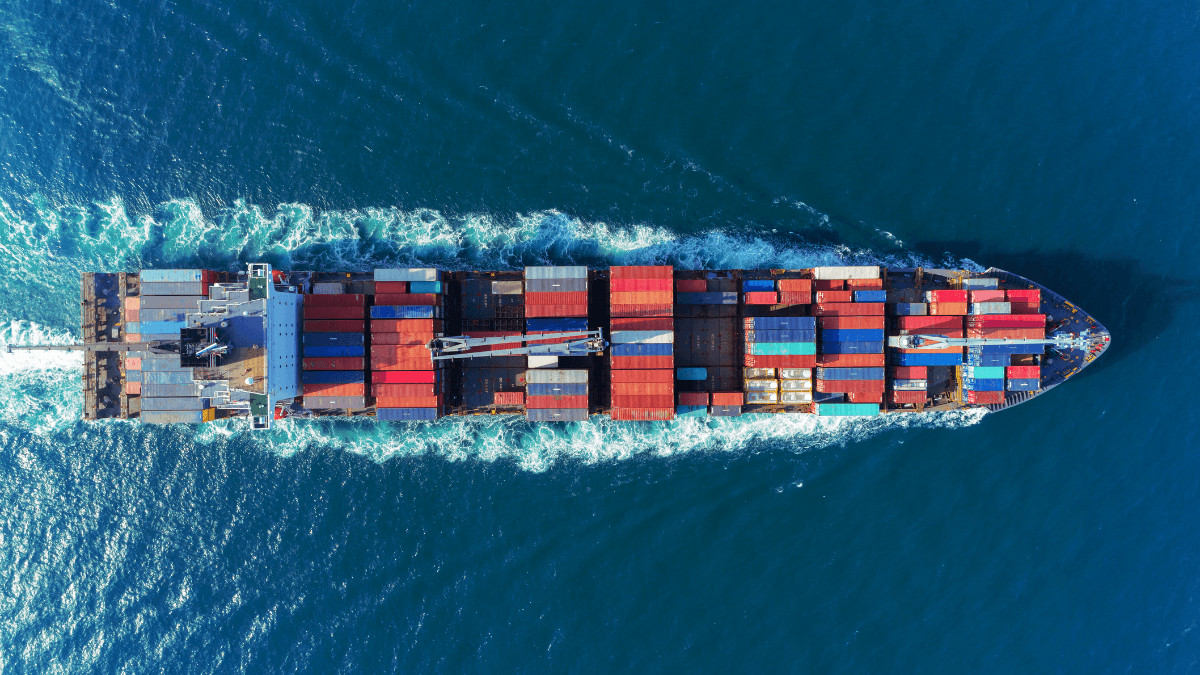The largest trade deal in history was signed on Sunday, with 15 countries including Australia agreeing to the pact, which covers 2.2 billion people and 30 per cent of the global economy.
The agreement, the Regional Comprehensive Economic Partnership, or RCEP, which has taken eight years to negotiate, surpasses the Trans-Pacific Partnership (TPP) in scale, after the Trump administration pulled the United States out of the partnership four years ago.
The aim of the RCEP is to lower tariffs and open up trade in the wake of the coronavirus pandemic, to help emerging economies catch up with the rest of the world.
“RCEP will soon be ratified by signatory countries and take effect, contributing to the post-COVID pandemic economic recovery,” said Nguyen Xuan Phuc, prime minister of Vietnam, which hosted the RCEP ceremony as chair of Association of Southeast Asian Nations (ASEAN).
The pact is also expected to help reduce costs and time for companies by allowing them to export product to countries within the bloc, without having to meet separate requirements for each country.
Tim Harcourt, J.W.Nevile Fellow in Economics at the UNSW Business School, has said the agreement highlights Australia as a “middle player” in the region.
“When the WTO is as dead as a Doha, it’s good we can still do deals like RCEP,” he said. “It shows Australia to be an important middle player with its heart in Asia in terms of trade, the economy and geography.”
“It also shows that Asian Trade is not all about China, Vietnam and Japan were also important players.”
What the RCEP means for Australian businesses
Trade Minister Simon Birmingham said on Sunday that the benefits of the agreement are “two-fold”.
“One is for our farmers and exporters, they get a more common set of rules across all 15 nations,” he said.
“The other is for our services export industry, they get significant new access across financial, banking, aged care, health care, education and other types of services industries, right into the provision of architectural, engineering or planning services.
“This is about making sure that we have the opportunity for that part of the economy, the services industry, to be able to grow and be able to get the same type of uplift in trade benefits across the region that our goods exporters have had over recent years.”
Professor Heng Wang, co-director of UNSW Law’s Herbert Smith Freehills China International Business and Economic Law (CIBEL) Centre said the RCEP means “more opportunities” for Australian businesses.
“The RCEP means more predictability due to tariff reduction, which will provide more opportunities for trade,” he said.
“Businesses will need to consider what are the opportunities that the RCEP will bring to them. In particular, the RCEP means you could have new market access, you may have new opportunities, because if there are tariff reductions in specific areas, say products being provided, that means you could have more competitiveness in the markets due to lower tariffs, and you can explore that. Australian businesses also face competition as there could be more imports.”
Chinese-Australian trade tensions
Experts are eager to see increasing trade tensions between China and Australia be remedied by the new trade agreement.
“The RCEP will settle down our relationship with China, simply because it gets us around the table with them,” said Mr Harcourt.
“The agreement has shown we’ve got our heart, our economy and our geography in Asia. The RCEP is not just a bilateral arrangement where they can push us around.”
“The more we play our part is with Vietnam and South Korea and Japan, the better off we will be.”
However, some are saying the RCEP does not directly address Chinese-Australian trade tensions, which may result in the limited effectiveness of the agreement in resolving the issue.
Professor Wang said the RCEP is not specific to developments addressing new issues in trade tensions.
“The outcome of the dispute sentiment remains to be seen, because the RCEP will still require an adjudicator to interpret it,” he said.
“Anti-dumping and countervailing duties are currently excluded from dispute settlement under the RCEP, which makes it difficult to address these issues in trade tensions through RCEP dispute settlement mechanism.”
Keep up to date with our stories on LinkedIn, Twitter, Facebook and Instagram.

